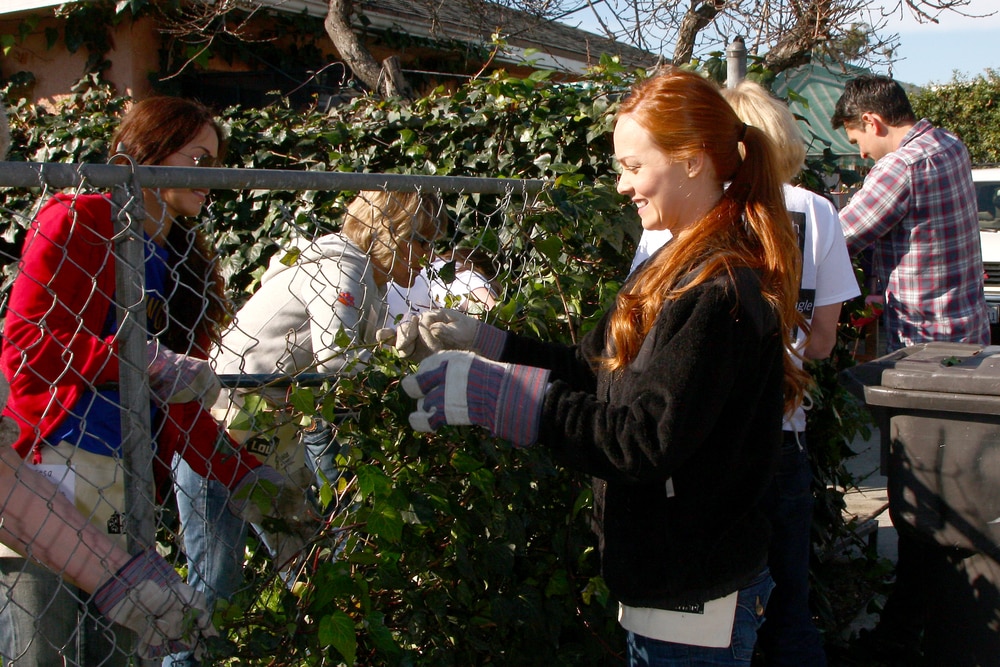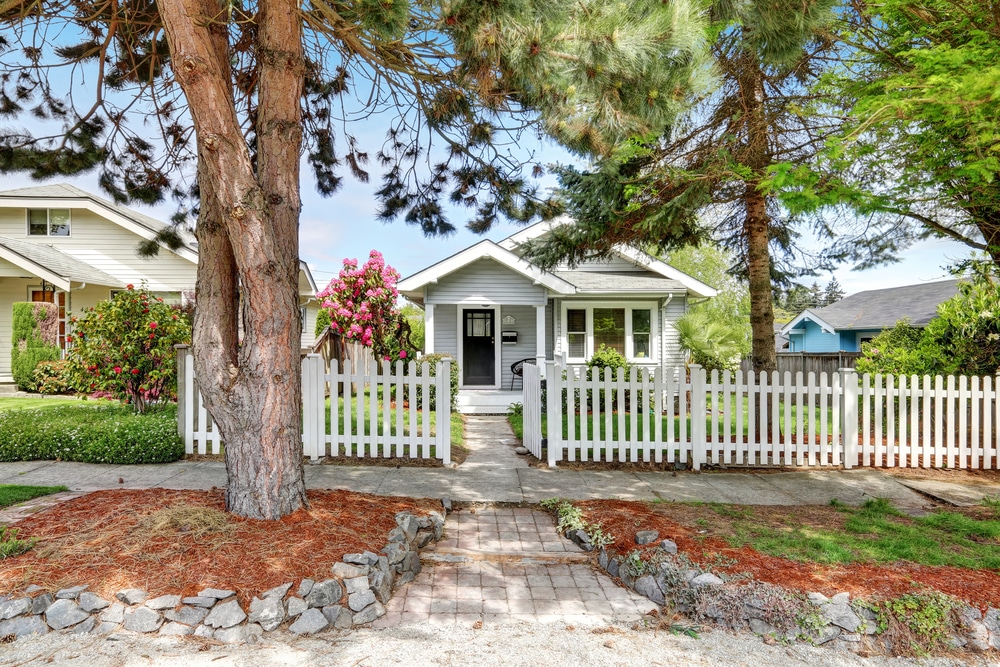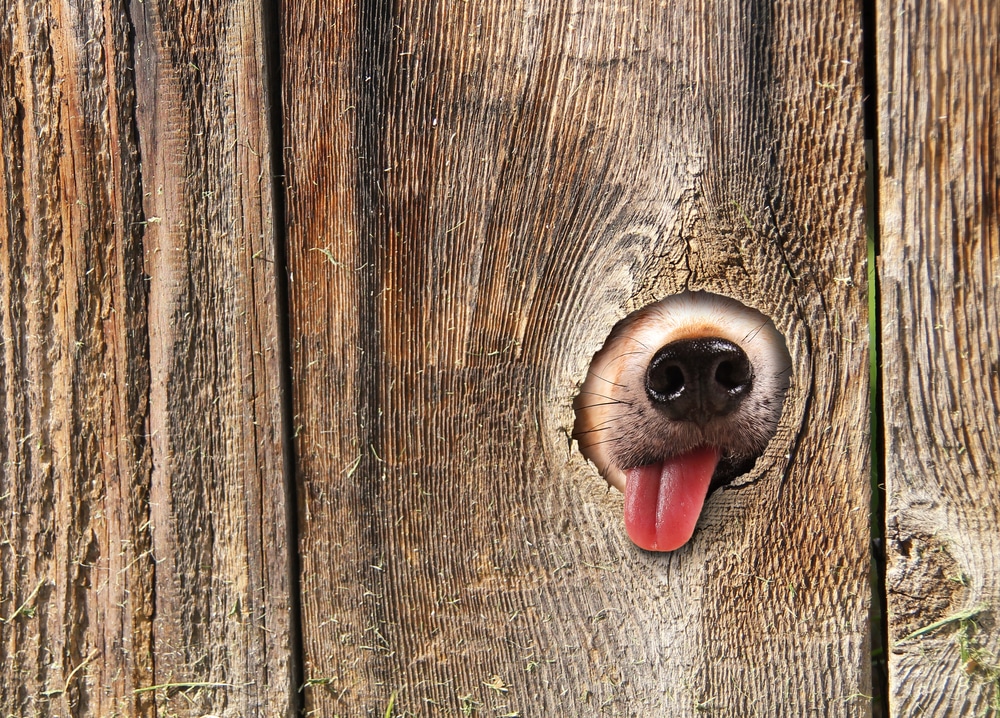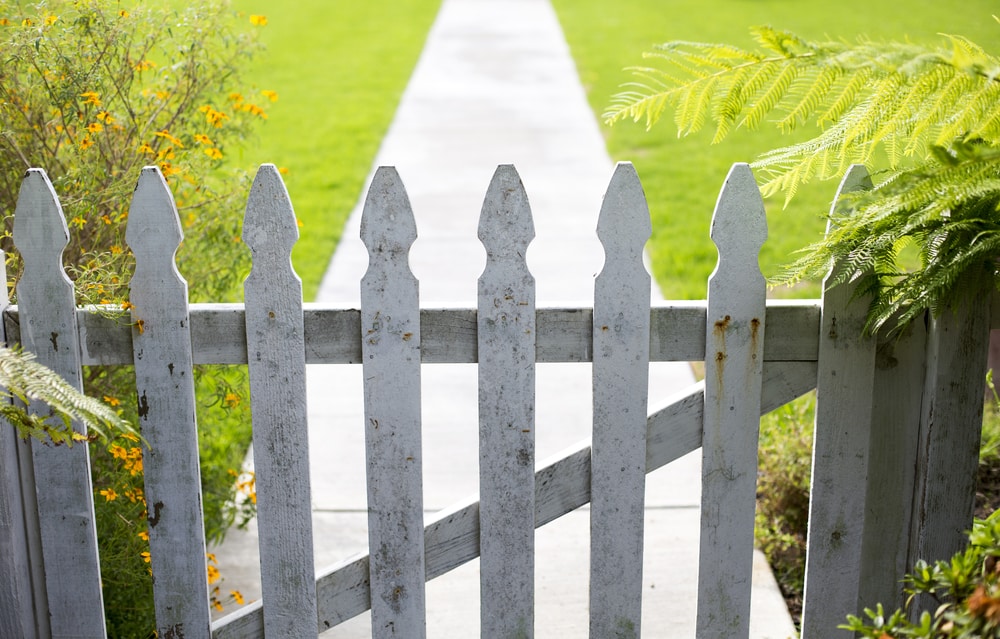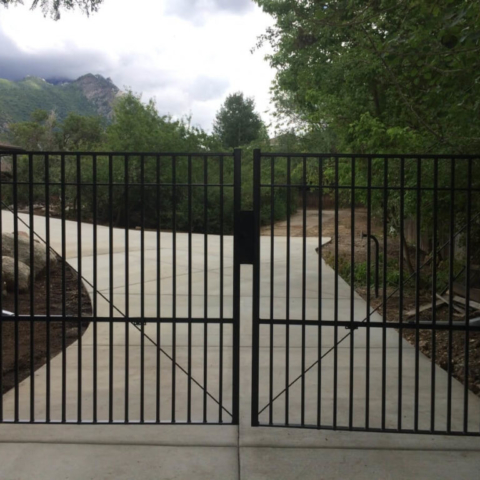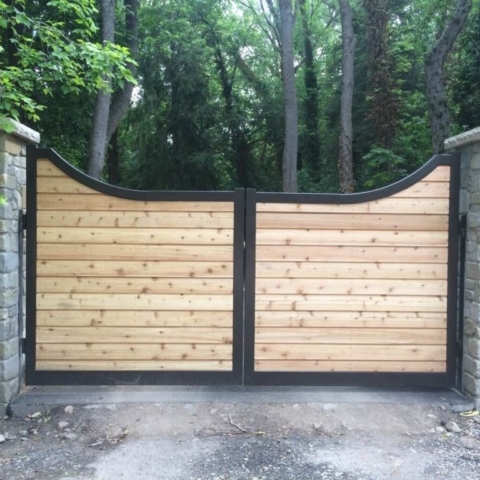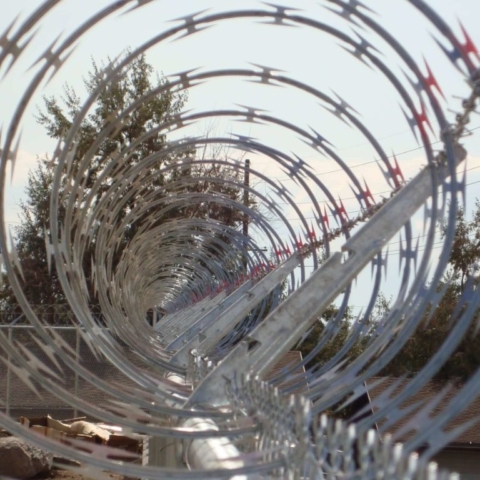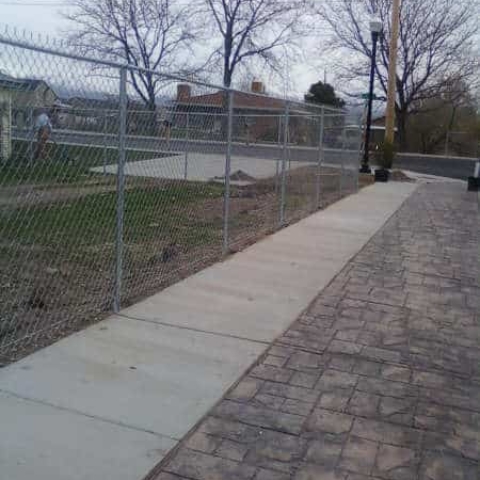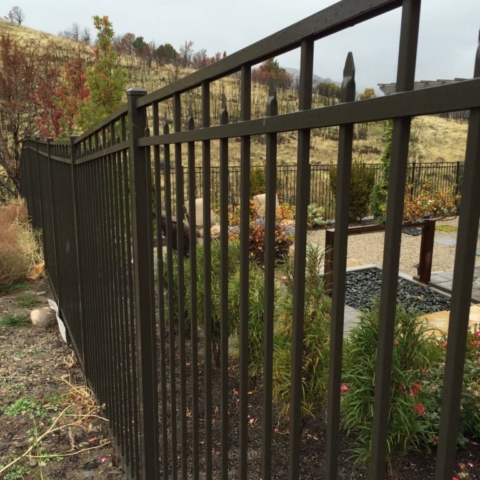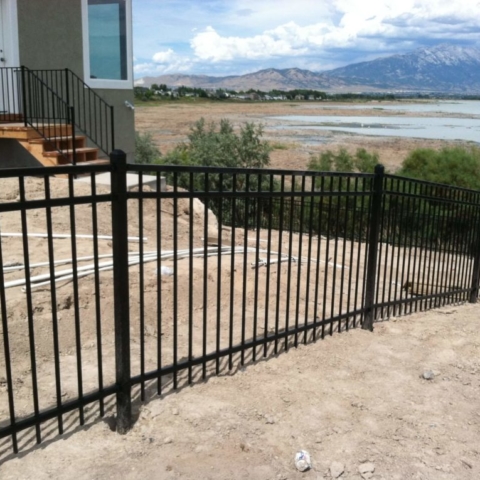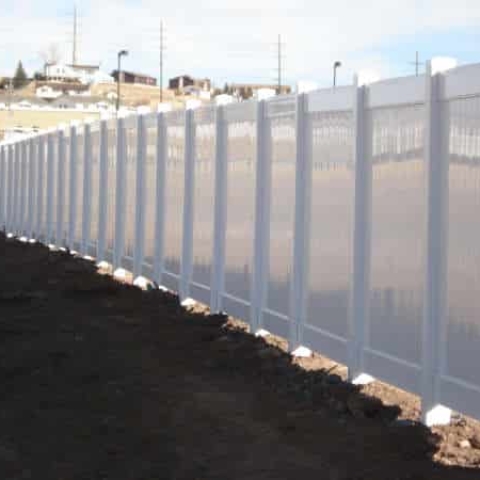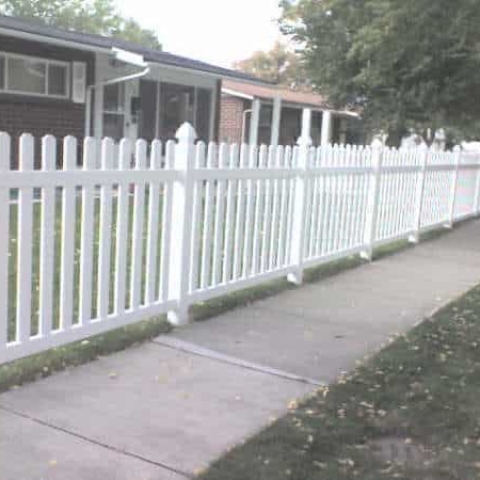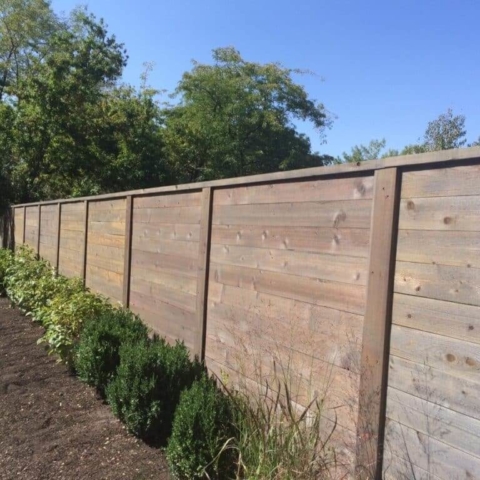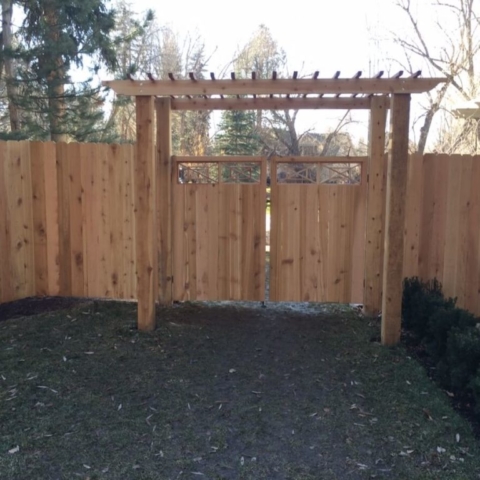Adding a fence to your property will not only keep your children and pets safely near home, but it will also boost the curb appeal, and add value to your home. However, when it comes time to install your fence, you may be worried about decreasing the size of your property slightly by losing space on the outskirts of your fence. You’ve probably asked yourself, “How close can I put a fence to my property line?” Here are a few pointers to help you answer that question!
Get a Survey
Before you determine just how close you can put a fence to your property line, you need to know exactly where your property line is! You may have a pretty good idea, but without having a survey done you won’t know for sure. Being off just an inch or two can really make a huge difference when it comes to adding a fence to your yard. The first step is to check with your assessor’s office to see if a survey has already been done (no need to do it twice!). If not, you’ll want to hire a professional surveyor to come assess the property. This is not considered the cheapest service, but in the long run it is worth it. Getting a survey can help you avoid some awkward and even legal conversations with neighbors, and having to move your fence once it’s been installed.
Do your Homework
Depending on where you live, your city or county regulations will have different requirements when it comes to building fences. They may even have a specific rule about where your fence needs to be in relation to your property line, which will make answering your question much easier. You may also find that you’ll have a few different options to choose from — right up to the property line, two, four, six, or eight inches from it. Regardless of where you choose to put your fence, make sure you are playing by the rules. If you live somewhere with an HOA, you’ll want to check their regulations as well.
Cooperate
If your fence is going to be very close to the property line, or you want it to sit on the property line, it’s a good idea to be cooperative and talk with your neighbors first. If the fence is on the property line, you may be able to split responsibility and costs. If they have an existing fence, you may want to consider asking your neighbor if you can tie into it rather than having two fences right on top of each other, or dead space between them. Whatever kind of fence and spacing you choose, open communication and cooperation will make for happy neighborhood relationships for years to come.
Once you’ve decided how close you can put a fence to your property line, it’s time to get it installed! Whether you’re looking for a wood, vinyl, ornamental iron, or chain link fence, let Outback Fencing be the contractor to make your fencing dreams a reality.


